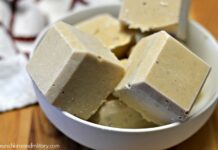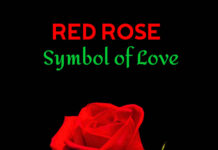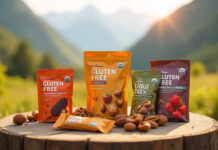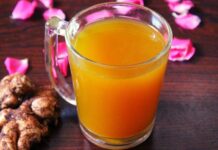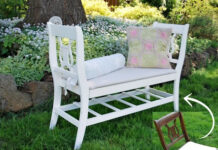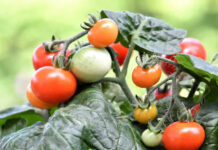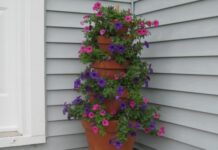
It’s nearing the end of the season, and all that luscious growth in your garden will die back as the cold winter months come. Why not turn it into a big boost for your garden next spring?
As a general rule, compost-ables fall into two categories – Greens and Browns. Many gardeners clamor for the greens, but both have a lot to give to your garden.
The greens? includes anything that is still alive or wet – green leaves, over-ripe produce, kitchen scraps, fresh grass clippings, etc. The greens contain more nutrients, including nitrogen, which is the number one nutrient people fertilize their garden with. Greens tend to compost more quickly.
The browns are dry, dead material – fallen leaves, bean pods, straw, dried grass clippings, etc. The browns do contain nutrients, but not as much as the greens. What they do have in abundance is carbon which, when composted, has a large nutrient-holding capacity (to hold all the nutrients from your composted greens) and the perfect light, airy, crumbly structure your plants love to sink their roots into. Browns compost more slowly.
See Here: CLEAN UP YOUR FALL GARDEN AND GIVE IT A BOOST FOR NEXT YEAR!


